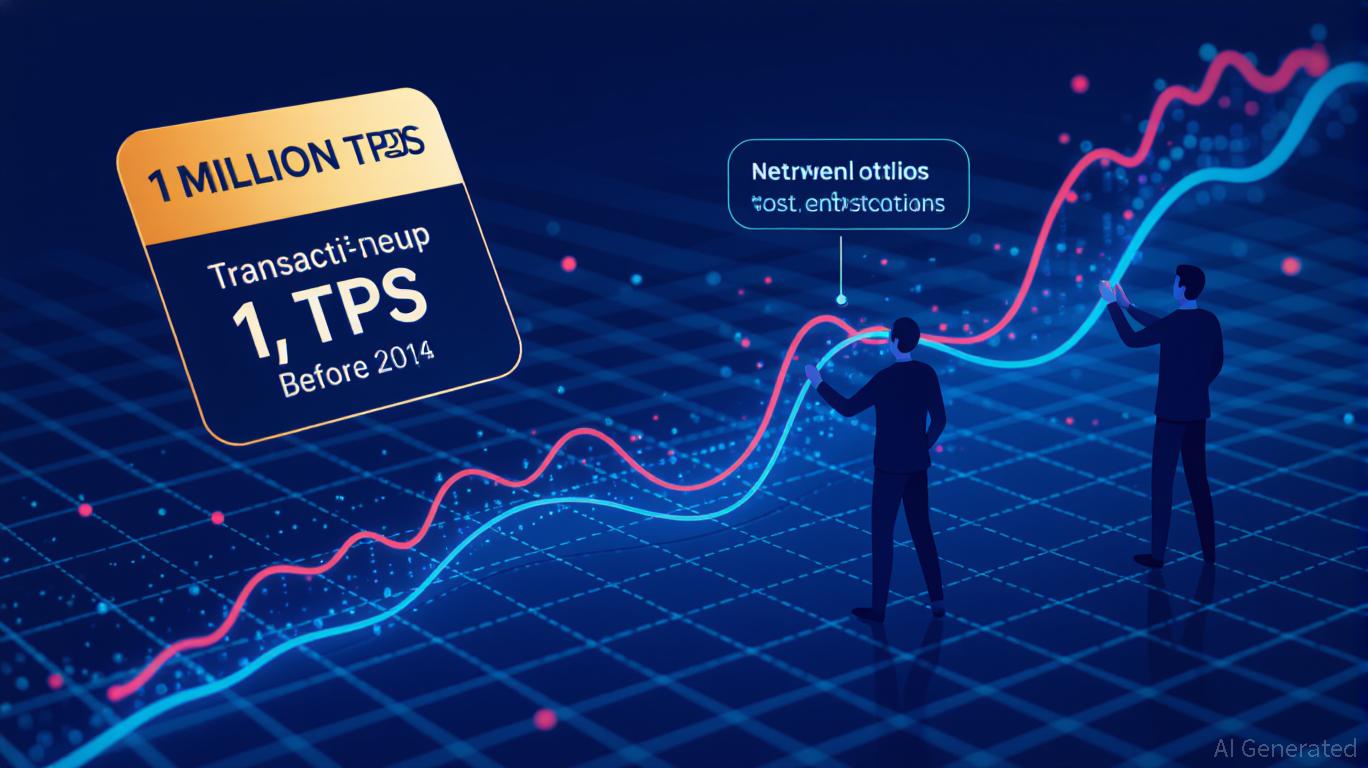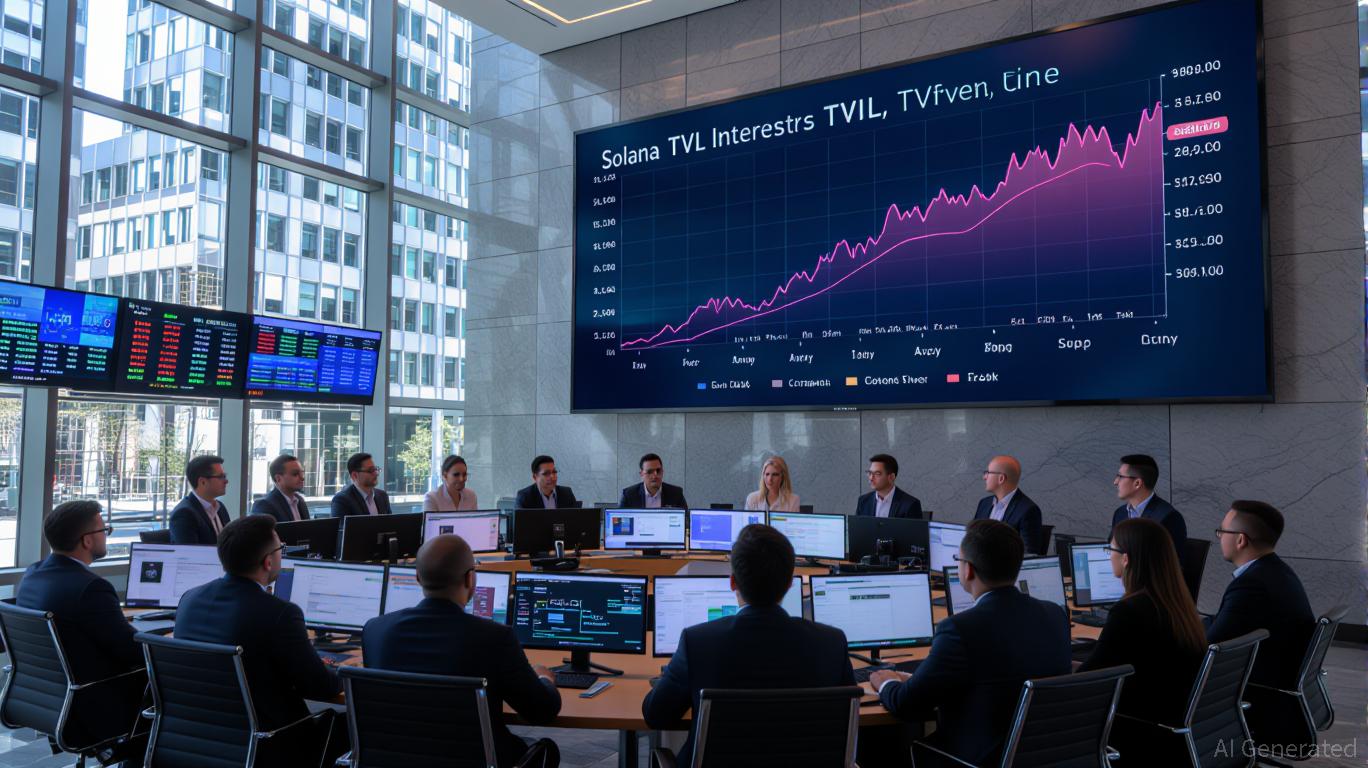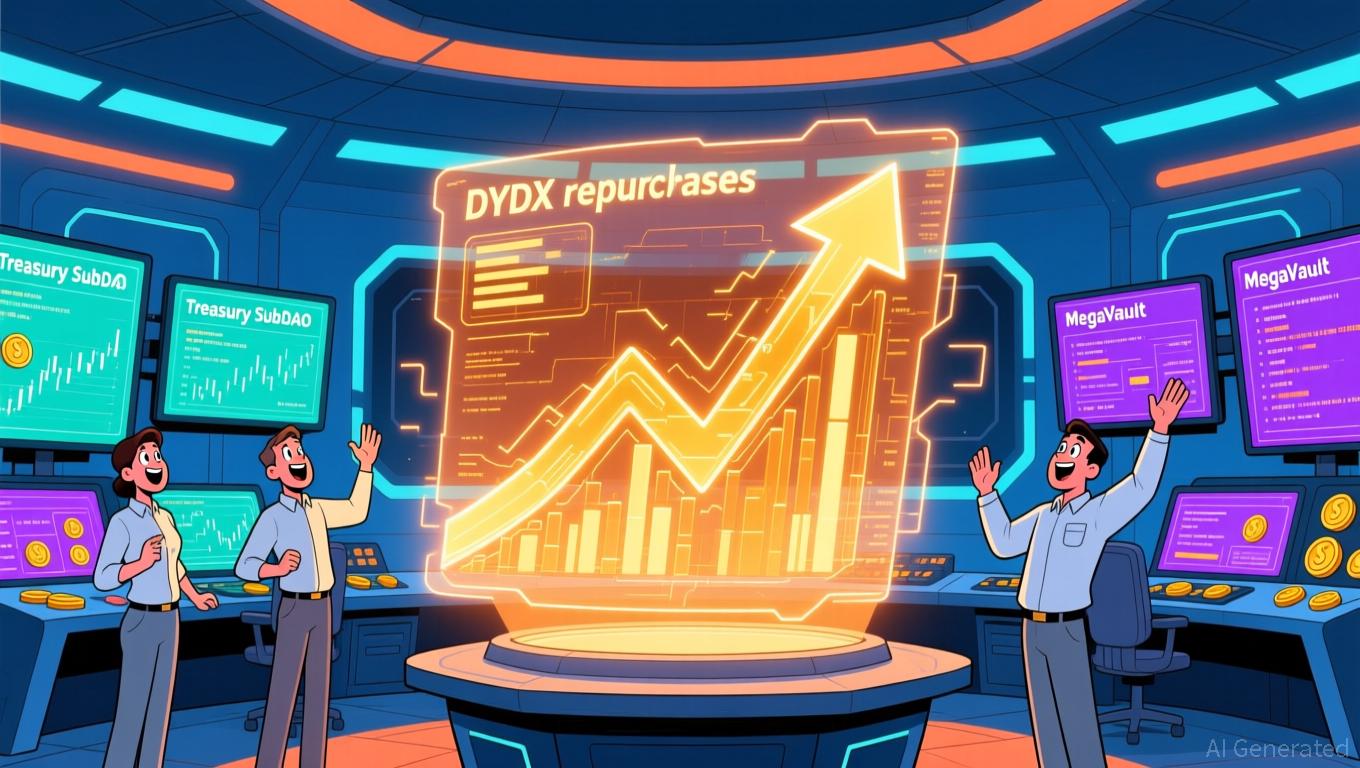Crypto wallets are transforming into comprehensive platforms, connecting Web3 with traditional financial services
- D'CENT Wallet's v8.1.0 update enables multi-wallet management for up to 100 accounts, streamlining digital asset handling across investment, NFTs, and events. - Competitors like Exodus and Blaqclouds advance crypto adoption through features like Mastercard-linked debit cards and decentralized identity systems with biometric security. - Innovations such as fee-free transactions (D'CENT GasPass) and on-chain identity management (.zeus domains) highlight industry focus on accessibility and security for main
D'CENT Wallet, a prominent name in digital asset management, has
This initiative reflects a broader movement within the crypto sector, where enhancing user experience and accessibility is becoming a key competitive edge. For example,

For instance, D'CENT's GasPass initiative
The competitive environment is also influenced by high-profile disputes, such as the ongoing public conflict between Sam Bankman-Fried and crypto investigator ZachXBT, highlighting the scrutiny faced by industry figures. Nevertheless, the primary focus remains on technological progress that makes crypto more accessible. As D'CENT CEO Sangsu Baek remarked, "Our goal is to create a wallet that evolves alongside our users—becoming a dynamic platform for managing all aspects of Web3."
With these innovations, crypto wallets are evolving beyond simple storage solutions, transforming into robust ecosystems that blend security, convenience, and financial functionality. As companies like D'CENT, Exodus, and Blaqclouds continue to innovate, the industry moves closer to widespread adoption, where handling digital assets becomes as straightforward as using traditional banking services.
Disclaimer: The content of this article solely reflects the author's opinion and does not represent the platform in any capacity. This article is not intended to serve as a reference for making investment decisions.
You may also like
SOL Price Forecast and Market Drivers: How On-Chain Enhancements and Macro Trends Combine to Shape 2025
- Solana (SOL) faces a pivotal moment in late 2025 due to technical upgrades and macroeconomic tailwinds. - Key upgrades like Firedancer (1M TPS) and ZK Compression v2 (5,200x cost reduction) enhance scalability and DeFi TVL to $10.3B. - Fed dovish pivot and institutional adoption (e.g., $417M Bitwise ETF) drive capital inflows despite short-term price corrections. - Upcoming Alpenglow upgrade (2026) and analyst projections (target $300 by mid-2026) highlight growth potential.

The Federal Reserve's Change in Policy and Its Impact on Solana (SOL)
- Fed officials Collins and Bostic oppose December 2025 rate cuts, citing high inflation and disrupted economic data. - Solana's TVL surged to $35B by 2025, driven by institutional inflows amid Fed liquidity and lower borrowing costs. - Experts link Solana's growth to macro signals, but October 2025 rate cuts triggered a 20% price correction. - Persistent inflation risks could curb altcoin valuations, while resolved inflation may reignite institutional crypto interest. - Despite volatility, Solana's ecosys

"Digital Privacy Advocate's Rights Reinstated, Underscoring Worldwide Disputes Over Technology Regulation"
- Telegram founder Pavel Durov regains full travel freedom after French judicial restrictions were lifted, following a year of compliance with supervision terms. - French prosecutors continue investigating Telegram for alleged complicity in criminal activity, including child abuse material, with potential 10-year prison charges. - Durov denies allegations, criticizes French procedures as "dystopian," and challenges legal classifications while seeking EU court rulings on digital governance issues. - The cas

dYdX Implements 75% Buyback: Synchronizing Holder Rewards with Platform Growth
- dYdX community approved 75% protocol fee allocation for token buybacks, up from 25%, via a 59.38% voter majority on November 13, 2025. - The revised distribution aims to reduce DYDX supply, enhance scarcity, and align token holder incentives with platform performance through automated, transparent buybacks. - 5% of fees now fund Treasury SubDAO and MegaVault for ecosystem development, balancing supply reduction with staking incentives and research-driven growth. - Analysts highlight this as a DeFi govern
